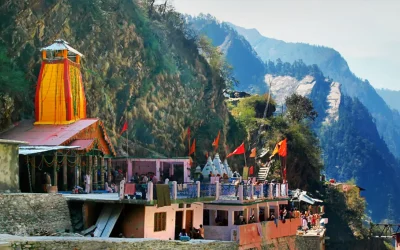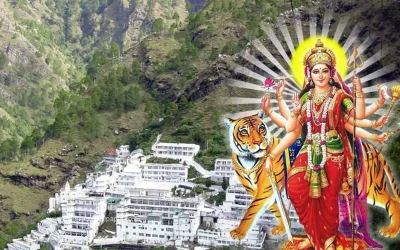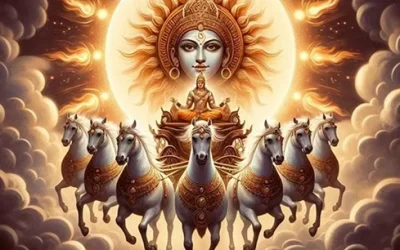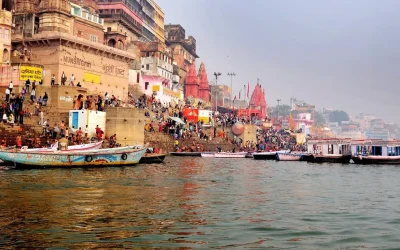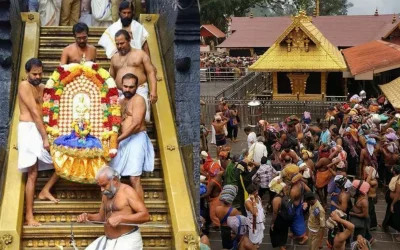Exploring Konark Sun Temple
The Sun Temple at Konark stands as a timeless testament to the rich cultural and architectural heritage of Odisha, India. Built in the 12th century AD by King Narasimha Deva I and dedicated to the Sun God, this magnificent temple is revered as one of the most remarkable achievements in Indian architecture. Over seven hundred years in the making, the Sun Temple embodies a harmonious blend of artistry, engineering, and spiritual devotion.
The temple’s grandeur is evident in its colossal structure, which archaeologists estimate to have stood at a towering height of around 227 feet. While much of the temple lies in ruins today, the remnants of its Jagamohana (Entrance Hall) and Natya Mandap continue to captivate visitors with their intricate carvings and architectural brilliance. Despite the ravages of time, these remnants serve as poignant reminders of the temple’s former glory and the skill of its builders.
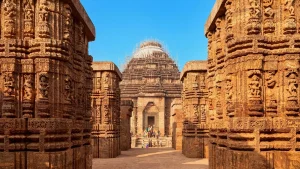
One of the most striking features of the Sun Temple is its architectural design, which resembles a chariot of the Sun God, with twenty-four exquisitely carved wheels and seven horses. Beyond its aesthetic appeal, the temple showcases remarkable scientific precision. The design of the wheels allows observers to discern the time of day by analyzing the shadows cast on the spokes, while the carvings depict activities corresponding to different times.
The construction of the Sun Temple employed three distinct types of stones:
- Laterite for the boundary walls, flooring, and staircase
- Khondalite for the main structure
- Chlorite stone for the door jambs and lintels
Iron strips were used to reinforce the structure, highlighting the advanced engineering techniques employed by the temple’s builders.
Scholars speculate that the Sun Temple was strategically located near the sea, creating the illusion of the Sun God emerging from the water at dawn. This unique positioning earned the temple the moniker “Black Pagoda” from European sailors, who relied on its distinctive silhouette as a navigational landmark in the Bay of Bengal.
Renowned poet Rabindranath Tagore once remarked that “the language of stone surpasses the language of man,” a sentiment that aptly captures the profound impact of the Sun Temple’s architecture. Indeed, a visit to Konark leaves visitors awe-inspired by the intricate carvings, structural marvels, and spiritual resonance of this ancient edifice.
The cultural significance of the Sun Temple extends beyond its architectural splendor. Each year, the Konark Dance Festival brings together renowned classical dancers against the backdrop of the temple, celebrating the rich heritage of Indian dance forms. From December 1st to 5th, the open-air theater adjacent to the temple comes alive with mesmerizing performances, transporting audiences to an era of artistic grandeur and cultural refinement.
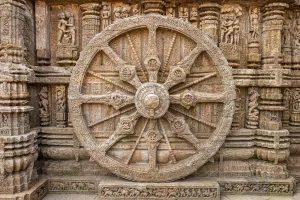
Additionally, the Chandrabagha Mela, held annually in January, draws thousands of devotees who converge on the shores of Chandrabagha Beach to take a ceremonial dip in the sea and offer prayers to the Sun God. This age-old tradition reflects the enduring spiritual significance of the Sun Temple and its role as a sacred pilgrimage site for devotees from across the country.
In essence, the Sun Temple at Konark stands as a beacon of Odisha’s cultural heritage and a testament to the ingenuity and artistic prowess of its builders. As visitors gaze upon its weathered stones and intricate carvings, they are transported back in time to an era of unparalleled architectural brilliance and spiritual devotion. Truly, the Sun Temple at Konark remains a source of inspiration and wonder for generations to come.

